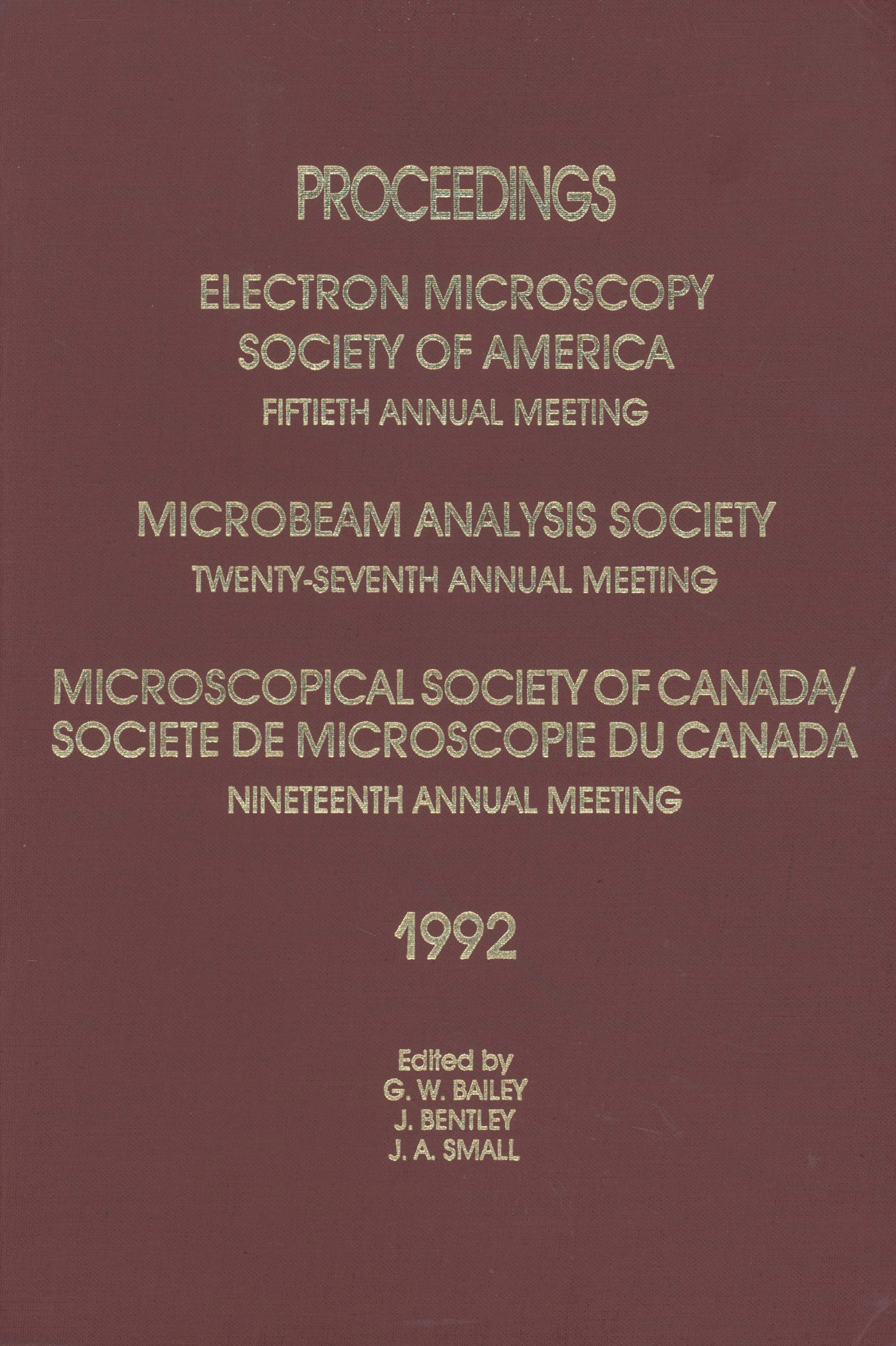No CrossRef data available.
The Development of Recrystallization Texture in Titanium
Published online by Cambridge University Press: 18 June 2020
Extract
When deformed metals and alloys are annealed at sufficiently high temperatures, strain-free nuclei appear at preferential sites and grow predominantly by grain-boundary migration. A majority of these strain-free grains collectively exhibit specific types of crystallographic orientations which significantly differ from those of the deformed matrix. The texture thus formed is frequently related to the deformation texture by simple angular rotations about particular crystallographic axes. In contrast to most metals and alloys for which the recrystallization and deformation textures are distinctly different, Ti exhibits a similar texture in both the cold-rolled and recrystallized conditions; this texture is characterized by two symmetrical texture components such that the (1010) in each remains parallel to the rolling direction and the [0001] is tilted along the transverse direction between 30 and 40 deg from the rolling-plane normal.
Information
- Type
- Metals and Alloys
- Information
- Copyright
- Copyright © Claitor’s Publishing Division 1975
Footnotes
This research was conducted under the McDonnell Douglas Independent Research and Development Program.

